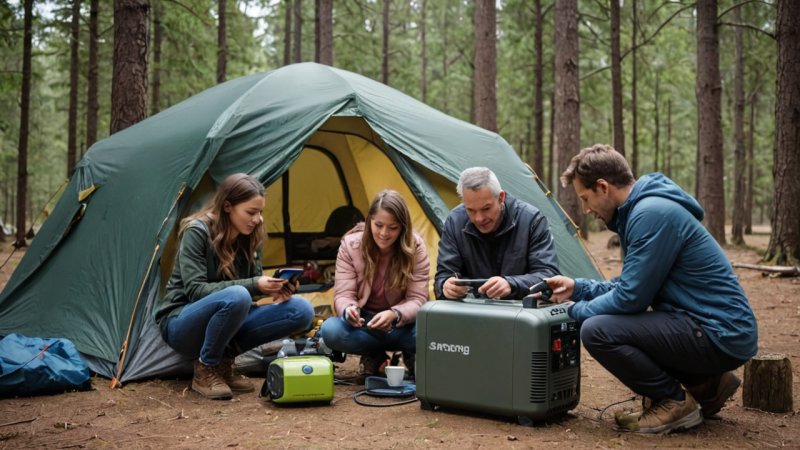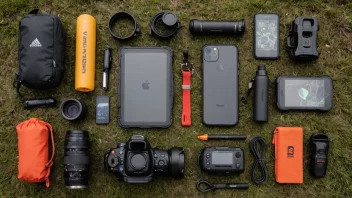When it comes to enjoying the great outdoors, having a reliable power source can greatly enhance your experience. Whether you're camping in the woods, tailgating at a game, or working on a remote job site, a portable generator can provide the electricity you need for various devices and tools. However, using a portable generator effectively and safely requires some knowledge. Here are five essential tips to help you maximize your portable generator's potential for all your outdoor power needs.
1. Understand Your Power Requirements
Before you even set up your portable generator, it’s crucial to understand what you will be powering. This involves calculating the wattage needed for each device you plan to use. Here’s how you can do it:
- List Your Devices: Write down all the devices you intend to power.
- Check Wattage Ratings: Look for the wattage ratings on the label of each device. If it's not visible, you can often find this information in the user manual.
- Sum It Up: Add the starting wattage (which can be higher) and running wattage of each device to get a total wattage requirement.
This will ensure that your generator can handle the load without risk of overload.
2. Choose the Right Fuel Type
Portable generators can run on different types of fuel, such as gasoline, propane, or diesel. Each fuel type has its pros and cons:
- Gasoline: Readily available but can be unstable over time.
- Propane: Burns cleaner and can be stored longer, but requires a separate tank.
- Diesel: Generally more efficient and can provide more power, although diesel generators can be heavier and may not be as portable.
Choosing the right fuel type will depend on your specific needs, availability, and how long you plan to stay outdoors.
3. Safety First: Proper Setup and Usage
Safety should always be your top priority when using a portable generator. Follow these guidelines to ensure safe operation:
- Location Matters: Always set up your generator outdoors in a well-ventilated area to avoid carbon monoxide buildup.
- Distance from Home: Keep it at least 20 feet away from any open windows or doors.
- Grounding: Ground your generator properly to prevent electrical hazards.
Additionally, use heavy-duty extension cords rated for outdoor use to connect your devices, ensuring they can handle the total wattage.
4. Maintenance for Longevity
To ensure that your portable generator remains in good working condition, regular maintenance is essential:
- Check Oil Levels: Regularly inspect and change the oil according to the manufacturer’s recommendations.
- Fuel System: Keep the fuel clean and change it regularly to prevent clogging.
- Battery Maintenance: If your generator has an electric start, check the battery’s charge.
By keeping up with maintenance, you can extend the life of your generator and ensure it’s ready whenever you need it.
5. Smart Usage Tips
Now that you know how to set up and maintain your generator, here are some smart usage tips to maximize efficiency:
- Load Management: Avoid running all devices at once. Prioritize essential devices to manage wattage effectively.
- Use Energy-Efficient Appliances: Opt for LED lights and energy-efficient devices to reduce overall power consumption.
- Monitor Fuel Levels: Keep an eye on fuel levels and have extra fuel on hand to avoid running out unexpectedly.
Being mindful of how you use your generator can help you get the most out of your outdoor experience.
In conclusion, using a portable generator can significantly enhance your outdoor adventures, providing you with the necessary power to enjoy your activities fully. By understanding your power needs, selecting the right fuel, maintaining safety, performing regular maintenance, and applying smart usage tips, you can ensure your generator is a reliable companion on all your adventures. So gear up, plan ahead, and enjoy the freedom of powered outdoor escapades!






